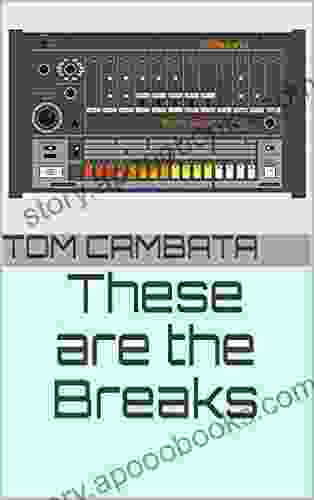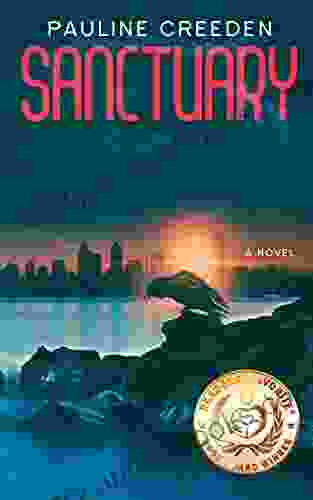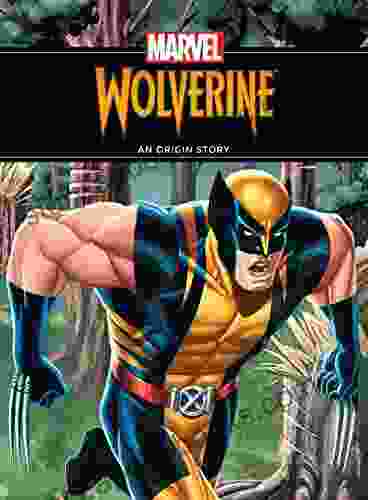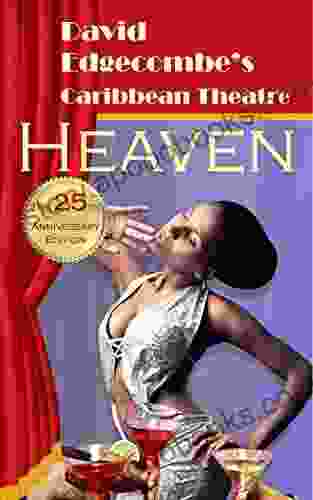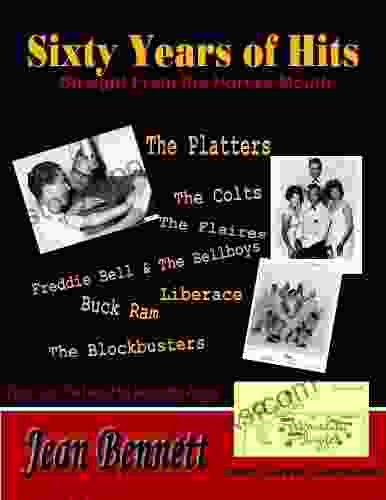"These Are the Breaks, Seymour Fink" is a remarkable film that transcends the boundaries of conventional cinema. It is a poignant and deeply personal exploration of art, failure, and the indomitable spirit of creativity. Directed by the late and great Philip Seymour Hoffman, this film is a testament to his artistic vision and a profound tribute to the human experience.
Plot Synopsis
Seymour Fink (played by Seymour Cassel) is a struggling filmmaker on the brink of a nervous breakdown. Desperate for recognition, he travels to New York City where he encounters a series of eccentric and enigmatic characters. Along the way, he grapples with self-doubt, financial problems, and the harsh realities of the film industry.
Thematic Exploration
At its core, "These Are the Breaks, Seymour Fink" is a meditation on the nature of art and the challenges of being an artist. Seymour Fink embodies the struggles of every creative soul, wrestling with the weight of failure, the fear of judgment, and the relentless pursuit of inspiration.
The film examines the delicate balance between artistic freedom and commercial success, questioning the true purpose and value of art. It delves into the psychological and emotional toll that failure can take on an artist, exploring the depths of depression and self-destruction.
Character Portrayals
Seymour Cassel delivers an unforgettable performance as Seymour Fink. His portrayal is raw, emotionally charged, and deeply sympathetic. Fink's vulnerability and resilience resonate with audiences, evoking a profound understanding of the trials and tribulations of the creative journey.
The film features an eclectic ensemble cast, each bringing their own unique flair to the narrative. Sam Rockwell shines as Seymour's eccentric friend, Jared. Jennifer Jason Leigh is haunting as Seymour's muse, Libby. And Steve Buscemi provides hilarious and poignant support as Sammy.
Cinematography and Music
"These Are the Breaks, Seymour Fink" is a visual and auditory masterpiece. The cinematography, led by Mark Ping Bing Lee, is both intimate and expansive, capturing the claustrophobic nature of Seymour's descent into despair as well as the vastness of his dreams.
The original score, composed by Jon Brion, is an integral part of the film's emotional tapestry. The haunting and evocative melodies perfectly complement the themes of loss, longing, and the search for redemption.
Legacy and Impact
Despite its limited release and critical reception upon its initial release, "These Are the Breaks, Seymour Fink" has since gained a cult following. Its reputation as a cinematic gem has grown over the years, and it is now widely regarded as one of Philip Seymour Hoffman's finest directorial achievements.
The film has left an enduring legacy on independent cinema, inspiring countless filmmakers to pursue their artistic visions unabashedly. Its exploration of failure and the indomitable spirit of creativity continues to resonate with audiences, reminding us of the importance of perseverance and the beauty of the human struggle.
"These Are the Breaks, Seymour Fink" is an essential cinematic experience that offers a profound and deeply moving meditation on art, failure, and the human condition. Philip Seymour Hoffman's directorial debut is a masterpiece that will continue to captivate and inspire audiences for generations to come.
For those seeking a film that challenges conventional boundaries, explores the depths of human experience, and celebrates the indomitable spirit of creativity, "These Are the Breaks, Seymour Fink" is an absolute must-see.



